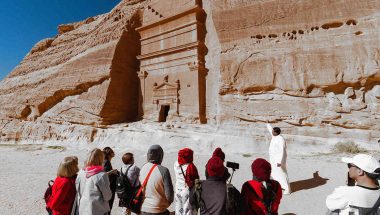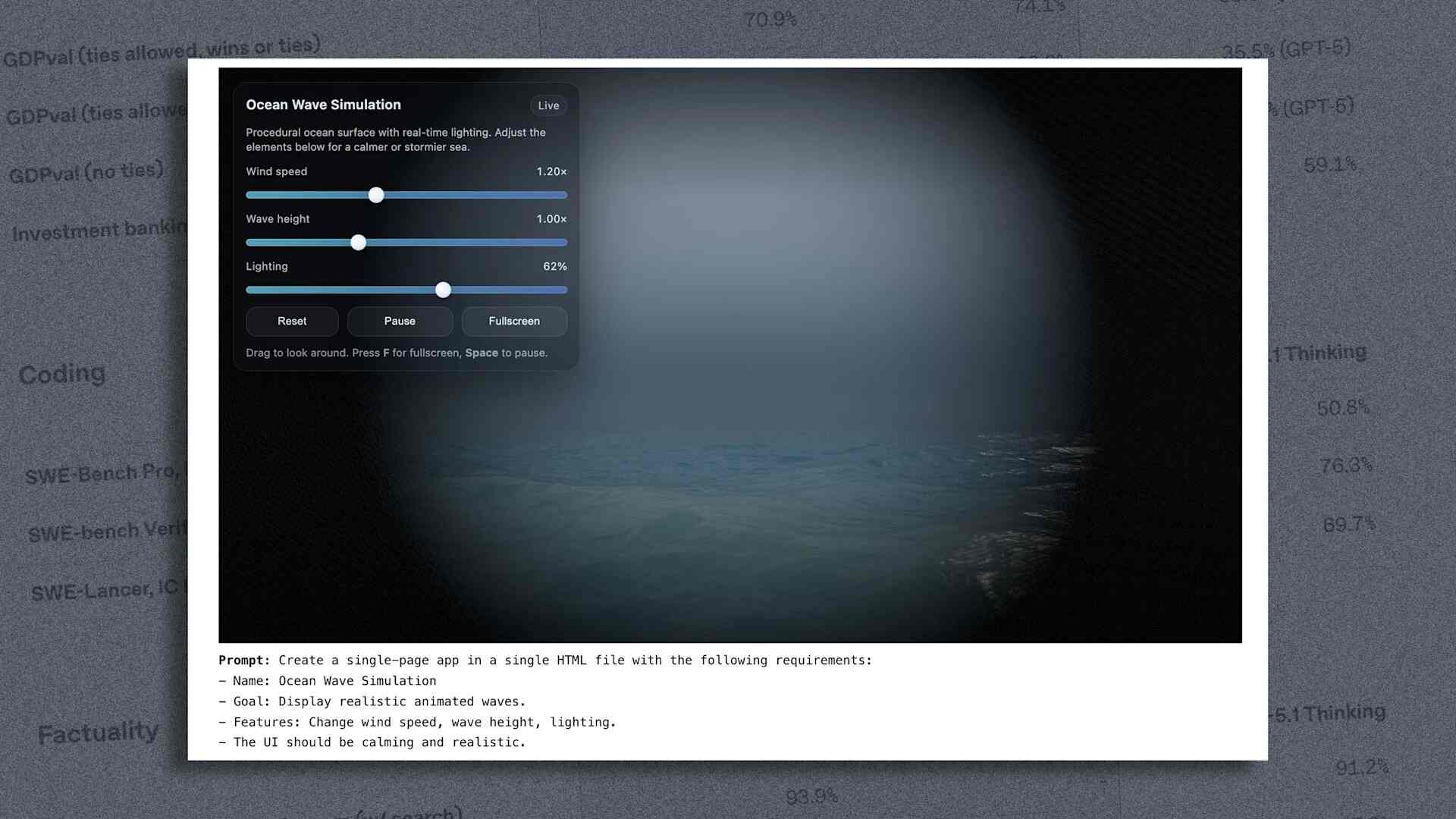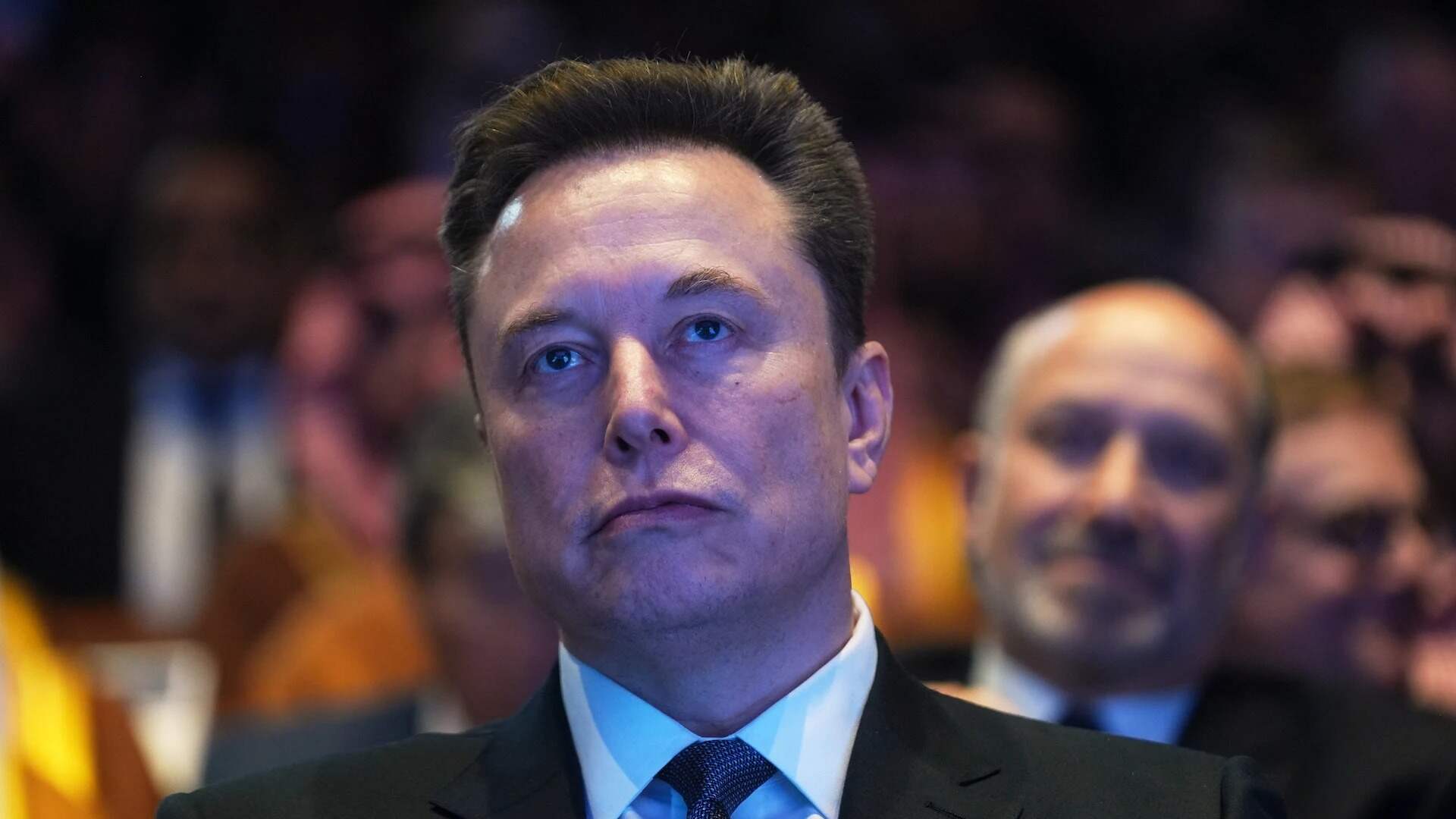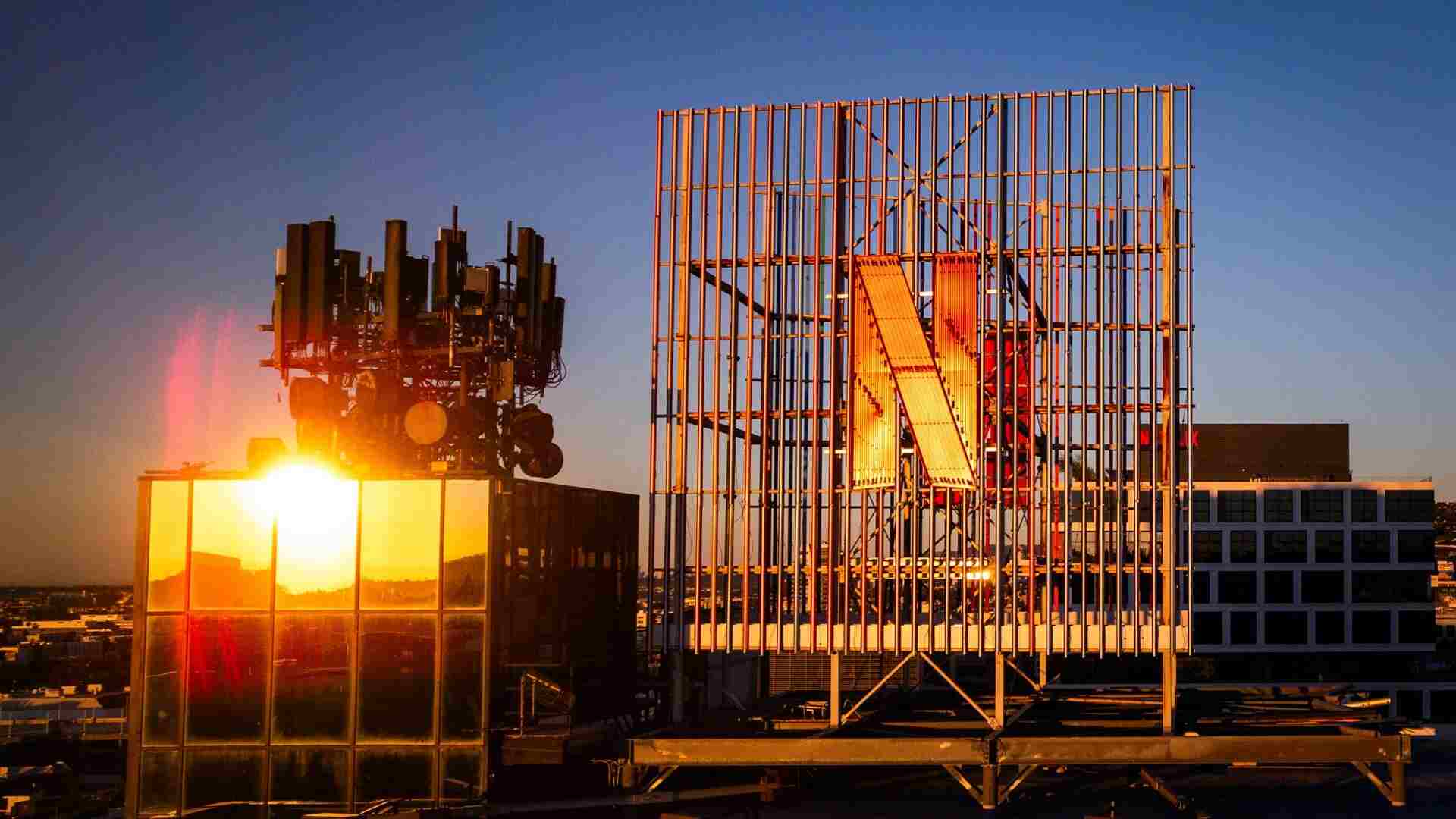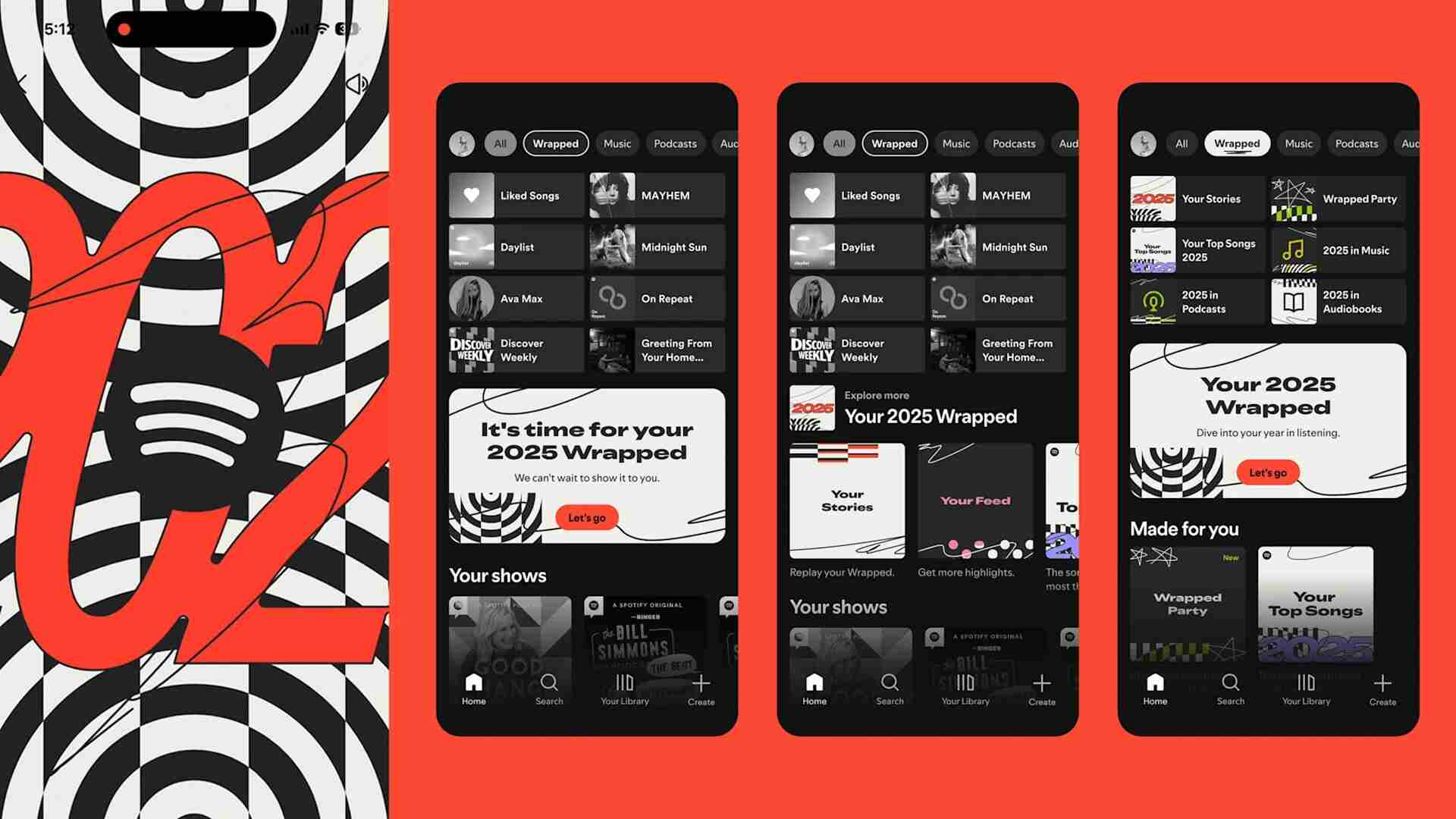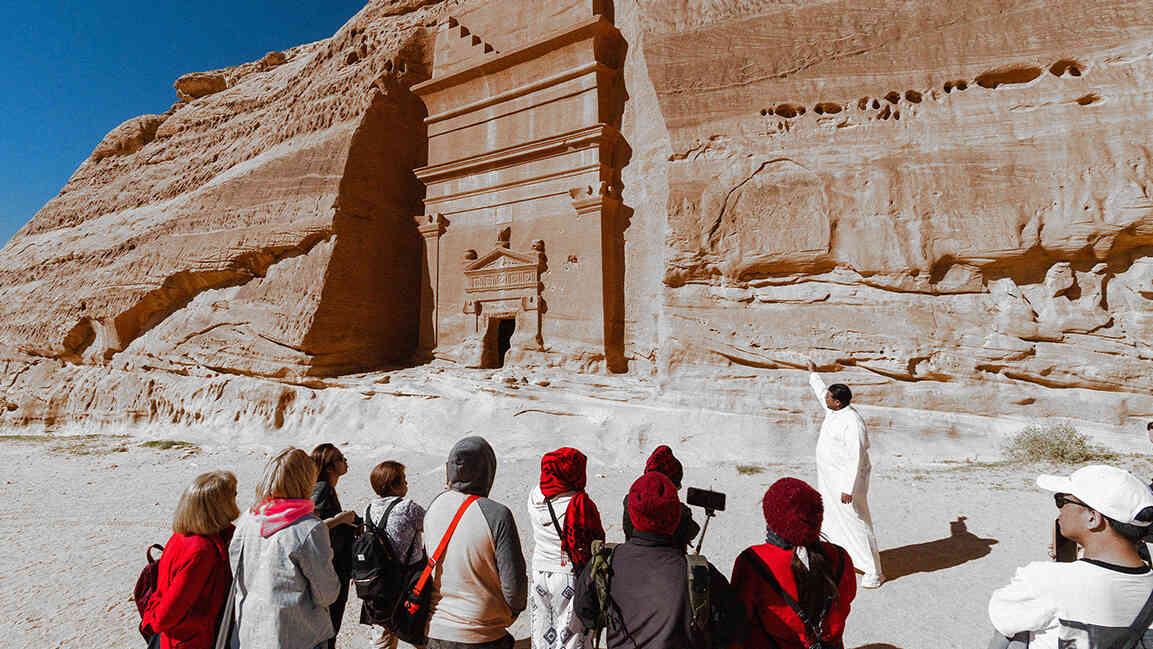- | 9:00 am
AI Influencers are rewriting the rules of social media marketing. And they’re here to stay
AI influencers are rapidly competing with their human counterparts, attracting the attention of brands. What does this shift mean for social media marketing in the Middle East?

At first glance, Aitana Lopez appears to be just another influencer, boasting 351K Instagram followers and a feed filled with curated images showcasing her edgy style as a gamer and fitness enthusiast. Similarly, Kenza Layli shares glimpses of her Moroccan heritage and modest fashion with 203K followers, alongside posts with friends or featuring giveaways, and her advocacy for breast cancer awareness.
These women exist solely in the digital realm. In fact, they are among the world’s most successful AI influencers.
Behind Aitana is a team of designers, communicators, and AI specialists creating her image, personality, and narrative. “Creating content isn’t just about generating hyper-realistic images—it also involves shaping her personality and communication to make her engaging, credible, and relevant across different platforms,” says Sofia Novales, Project Manager at TheClueless.ai, the team behind Aitana.
Tracing the journey of Morocco’s first AI influencer, Kenza Layli, Meriam Bessa, Founder and CEO at L’Atelier Digital Agency and Phoenix AI, says, “I wanted to create an AI personality that wasn’t just a gimmick but could truly engage audiences, collaborate with brands, and bring a fresh perspective to the influencer industry.” She adds the goal was to push the boundaries of digital influence while staying true to cultural relevance.
MORE THAN A NOVELTY
The growing influence of these AI personalities is becoming more evident, solidified through an impressive roster of high-profile brand collaborations. Aitana has partnered with Llongueras, Audi, and Sony. At the same time, Kenza has worked with Moroccan and international names across the fashion, beauty, tech, and lifestyle sectors, such as Hyundai, Sultea Tea, and Bioderma, to name a few.
As their popularity surges, a gap has emerged between AI Influencers and brands—one that Lewis Davey, Co-Founder of Pixel, the world’s first AI Influencer Talent Management Agency, aims to bridge. “Our mission is to shift the conversation from AI Influencers being a fabulous, novelty marketing play to a versatile new marketing channel that can deliver impressive ROI.”
A UNIQUE EDGE
For Davey, AI influencers represent a new frontier in social media marketing and provide several advantages over their human counterparts. “It’s cost-effective, the brand has full control over the content, there are no limits on creativity, and an AI Influencer can engage with audiences 24/7, in multiple languages,” he says.
The measurement is also more precise and actionable—marketers have more access to the metrics behind an AI Influencer versus a brand partnership with a human influencer. “On a practical level, speaking from experience, partnering with a human influencer has become quite painful,” he adds, pointing to high costs, multiple agents, and lengthy negotiations.
Speaking for Kenza, Bessa adds that brands and audiences are intrigued by AI’s fresh storytelling opportunities.“Additionally, her consistency, scalability in creating content in multiple languages and styles instantly, longevity, and cost-effectiveness have given her a unique edge,” she says. “While AI development has upfront costs, Kenza eliminates traditional influencer management fees, making campaigns more predictable and scalable.”
NAVIGATING AUTHENTICITY AND CULTURAL ACCEPTANCE
Despite the advantages, AI influencers come with their own set of challenges. One common concern is authenticity, though Davey argues that this has been a concern for the influencer economy for a while.
“As far as AI Influencers are concerned, the teams behind these digital ambassadors are effectively creators themselves–in tune with culture and trends,” he says, pointing to how Aitana Lopez’s content highlights passions and interests that her audience connects with cultivated by the team over time.
Novales, part of Aitana’s team, also stresses the importance of transparency. “From the beginning, we have been very clear that Aitana is a digital character, ensuring there is no confusion with real influencers,” she says, noting that misinformation is always a key concern.
The acceptance of AI influencers also varies across different regions, with some countries more skeptical than others due to entrenched cultural norms and the level of technological advancement and understanding.
Bessa shares that she faced initial skepticism when introducing Kenza to Morocco, which was still in the early adoption of AI compared to the US and other markets. “Over time, Kenza’s success—like winning Miss AI Worldwide and the Best of Bots Award—helped shift perceptions,” she says, adding that they have been focused on educating brands about AI’spotential to drive real engagement.
DRIVING AWARENESS AND THE OPPORTUNITIES
Davey admits that the biggest barrier has been a lack of awareness, but this is changing fast, especially in the Gulf region. Since launching Pixel, he reports that inquiries from the Middle East have surged. This has only been encouraged by growing adoption among popular entities.
Qatar Airways, for example, recently launched Sama, their first AI Cabin Crew member, while Brands for Less launched the first AI Influencer in the GCC last year, signaling take-off for AI Influencers in the Middle East.
“We are also seeing massive sports and entertainment events move to the Middle East, with fans worldwide visiting,” says Davey. “Human influencers that align with these audiences might pose a risk to Middle Eastern brands, so an AI Influencer is a compelling alternative.”
The Middle East is primed for this emerging marketing channel for Davey, revealing Pixel’s ambitions to make Dubai the center for AI influencers. “Dubai is becoming a tech powerhouse with AI at its core—it’s the perfect environment for this industry to thrive.”
Novales believes that emerging technologies such as generative AI and virtual reality are only further redefining what’s possible in this space. “Virtual reality and real environments could take digital influencers to the next level, allowing them to interact beyond social media—participating in immersive experiences, digital events, and brand collaborations in virtual spaces,” she says. “In the future, we may see fully interactive AI influencers capable of responding in real-time, personalizing content for audiences, and engaging in hyper-realistic experiences within digital worlds.”
AN ADVANCEMENT, NOT A REPLACEMENT
The rise of AI influencers has naturally sparked discussions about their impact on the human influencer industry. According to Davey, AI influencers aren’t here to replace their human counterparts: “I expect to see brands adopting virtual influencers as their ‘always-on’ ambassadors.” Both Novales and Bessa believe that AI and human influencers can coexist, offering complementary value rather than competition.
Bessa believes this potential can be harnessed in several ways. Firstly, brands can pair AI influencers with human creators to produce unique, blended campaigns. “Moving beyond static content, AI will also enable real-time engagement, acting as personalized brand ambassadors,” she says. “Additionally, AI influencers will play a pivotal role in virtual experiences, NFTs, and digital fashion spaces while serving as data powerhouses, providing real-time analytics to help brands refine their content strategies.”
Ultimately, AI influencers will enhance and expand the creator economy, offering brands and audiences new ways to connect, engage, and tell stories. The key to success is striking the right balance between AI innovation and human creativity.









